
Image Description
Verbs

Image Description
The notion that one could master Dutch verbs merely from this chapter is, frankly, unrealistic. There are hundreds of verbs, many of which do not follow straightforward conjugation rules. It is impractical to expect that you could memorize and use them easily after a single lesson. Consequently, this chapter differs in character from previous ones. Instead of comprehensive mastery, it introduces you to some essential verbs and key grammatical rules. We will also present verbs in tabular form to expose you to a broad array of examples. Real mastery of the verbs will only develop through active practice and frequent encounters with the language in various contexts. Thus, this chapter is more of a reference tool than a complete learning module.
Now we start with a simple introduction.
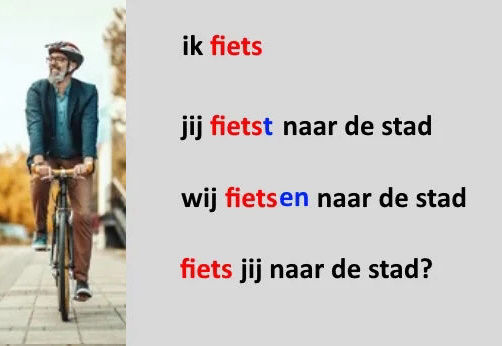
Regular and irregular
A verb is a word that indicates an action or a certain state something is in. We know two kinds of verbs.
1. verbs that conform to rules. Example: see picture. These verbs are called " regular verbs".
2. verbs that do not follow standard rules. Examples are the verbs: to have and to be. These verbs are called "irregular verbs".
For verbs that do follow rules, we first look at the form with "ik fiets". (See picture, first sentence)
Notice that with a question with "you" the verb behaves like with I (see picture).

stem
Observe the form "ik fiets." This part of the verb is known as the "stem." When used with the personal pronoun "you," the letter 't' is added to the stem.
For the plural form, the letters "-en" are appended to the stem.
Note that in questions (e.g., "...you?"), no extra letter 't' is added to the you-form, as indicated in the last sentence of the picture.

Verbs represent an action. When an action is completed (in English, indicated as "it is done"), a construction with another verb (either "to have" or "to be") is used. This form is called: perfect form. The figure illustrates an example using the verb "to have":
"I have cycled in Amsterdam."
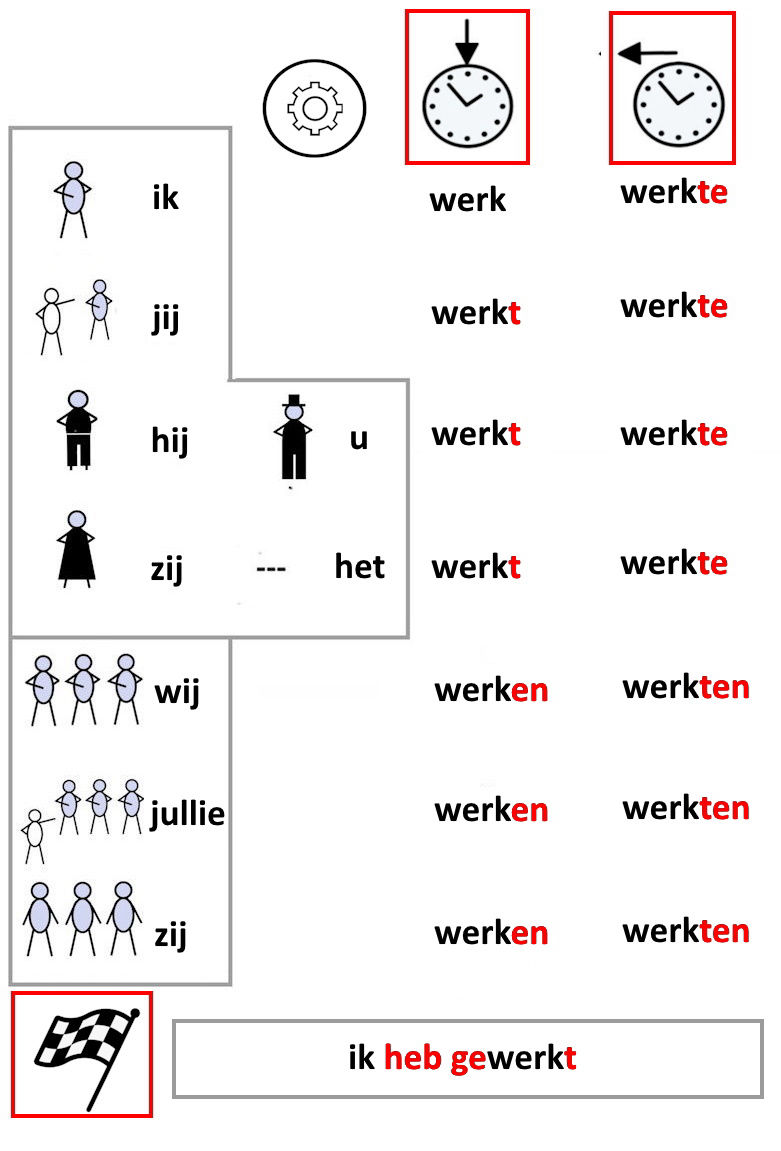
the verb : "to work"
Some examples
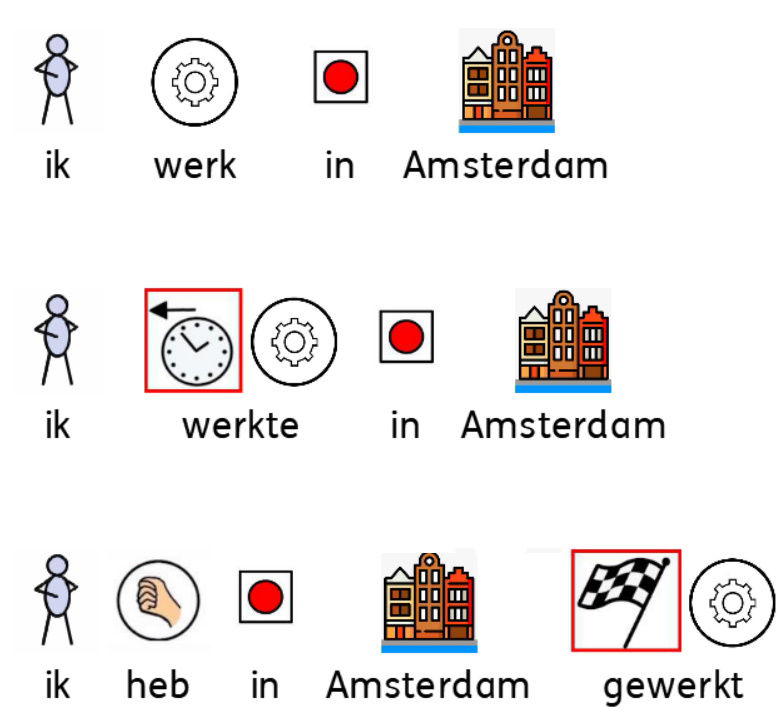
1 I work in Amsterdam
2 I worked in Amsterdam
3 I have worked in Amsterdam
<<<

1. Anna works at a supermarker
2. Jan works in the office
3. Jan has worked in the office
<<<

verb: to listen
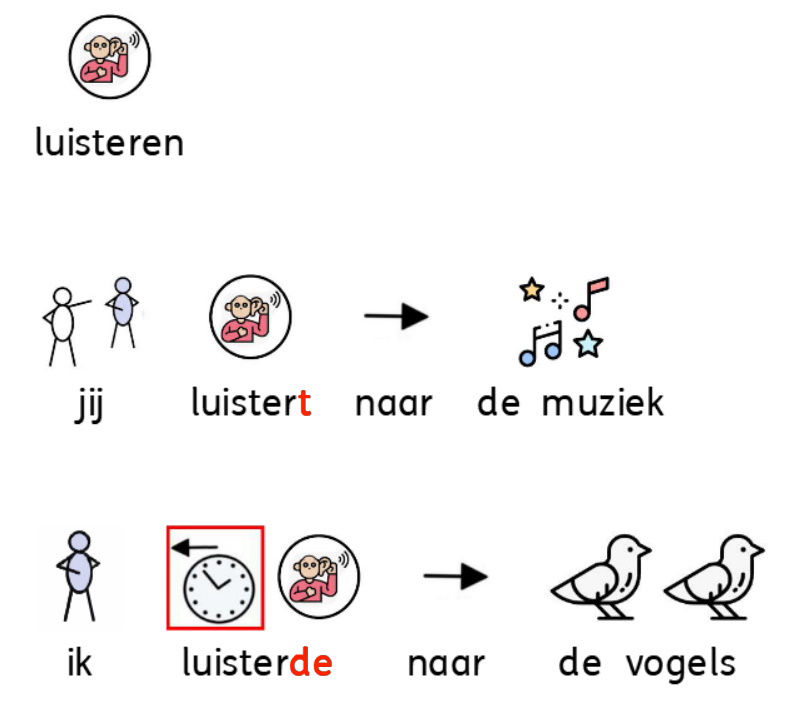
1 to listen
2 you listen to the music
3 I listened to the birds
<<<
We can also display the conjugation of the verbs in the form of a table. In the figure this has been done for the following verbs:
to live (Dutch: "wonen")
to work (Dutch: "werken")
to pay (Ducth: "betalen")
to travel (Dutch: "reizen")
to play (Dutch: "to play")
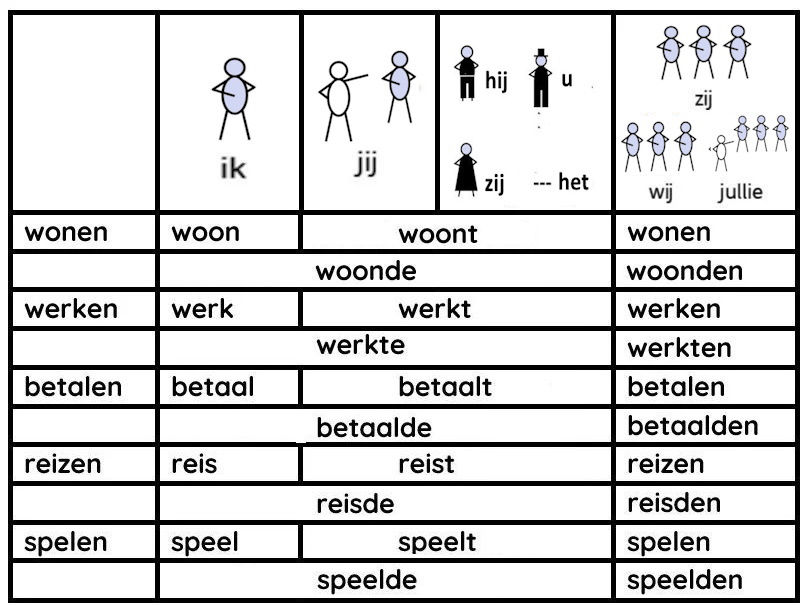
the verbs
Now more examples are given and in order to start simple we give only the present and the past tense. At a later moment we will extra attention to the perfect tense.

1 to learn
2 I learn Dutch
3 I learned English
<<<

1 to play
2 Vicky and Tim play with the ball
3 Vicky and Tim played in the garden
<<<

1 to pay
2 I pay 10 euro
3 I payed 1 euro
<<<
Finally, an example of a form where the action is completed is: "I have paid 10 euros." In this case, "have paid" indicates that the payment is finished. The word order is very typical in Dutch: it starts with "ik heb," followed by the amount, and the sentence ends with the verb "betaald."

A few more examples: travel

1 to travel
2 you travel to England
3 you traveled to England
<<<
Rent (a hous)
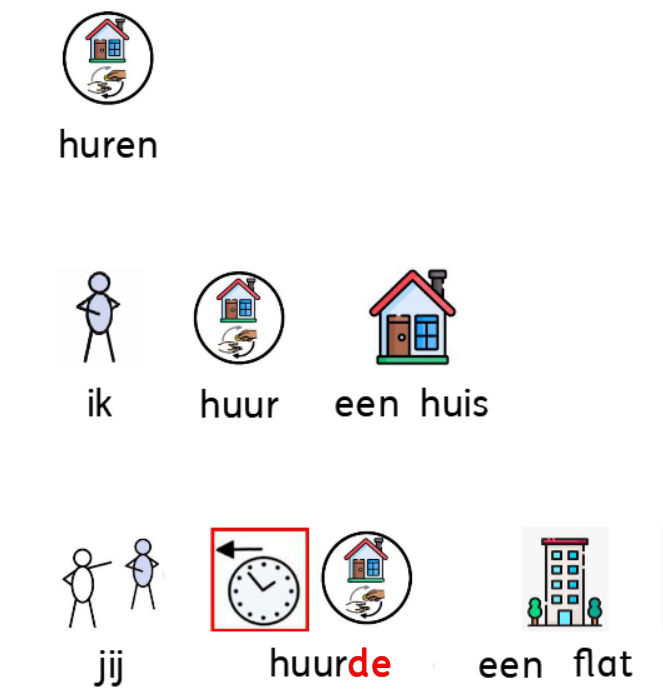
1 to rent
2 I rent a house
3 I rented an apartment
<<<
test
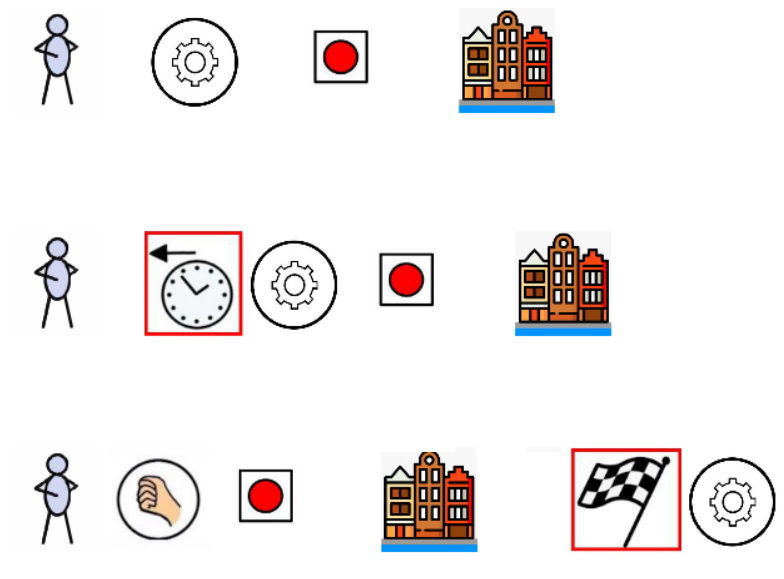
1 ?
2 I?
3 ?
<<<
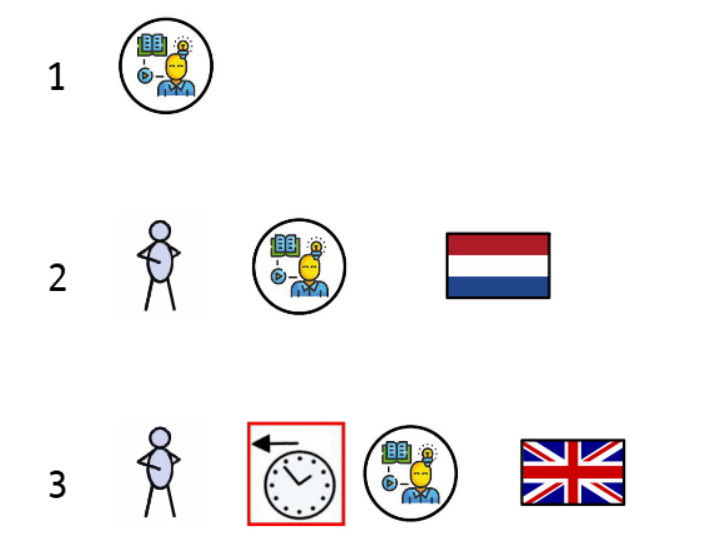
1 ?
2 ?
3 ?
<<<

1 ?
2 ?
3 ?
<<<

1 ?
2 ?
3 I?
<<<
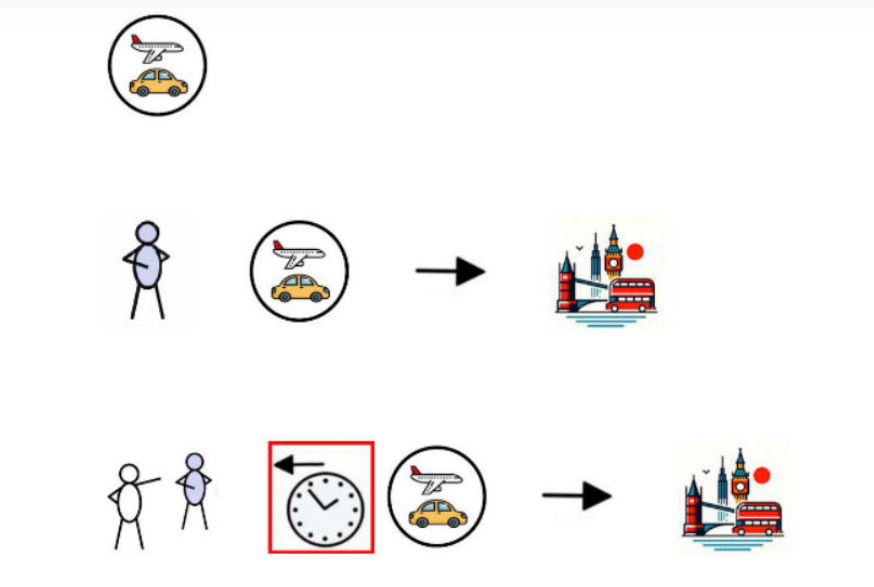
1 ?
2 ?
3 ?
<<<
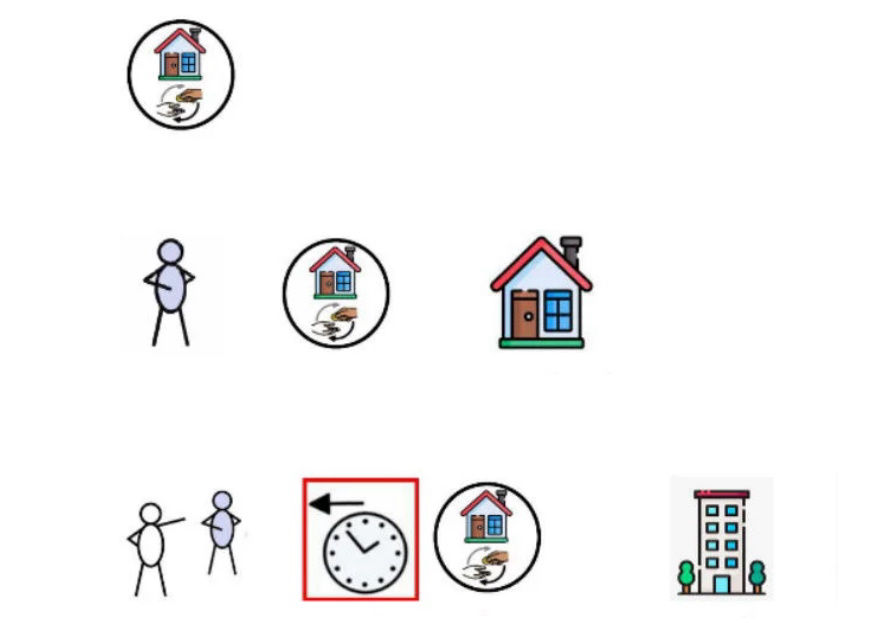
1 ?
2 ?
3 ?
<<<
more on the perfect form

Vicky always ask grandpa what he did. Now we see how the perfect form is used.
Here are her questions.

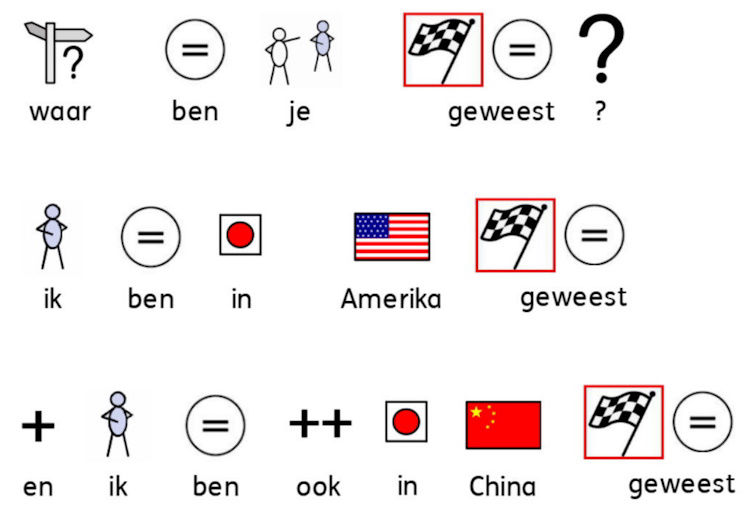
1 where have you been?
2 I have been to America
3 and I have been to China too
<<<
Notice that in the conversation above, we met the perfect form of the verb te be:

Notice also that the "the place" ("in Amerika" and "in China") written between "ben" and "geweest".
test

1 ?
2 ?
3 ?
<<<
Build your own website with Mobirise